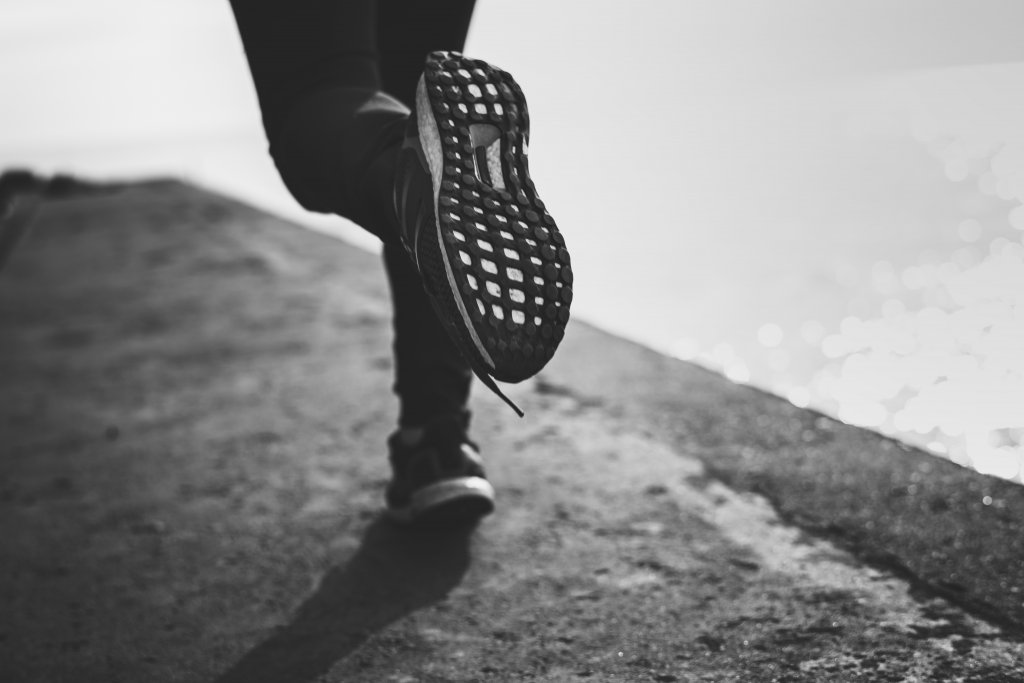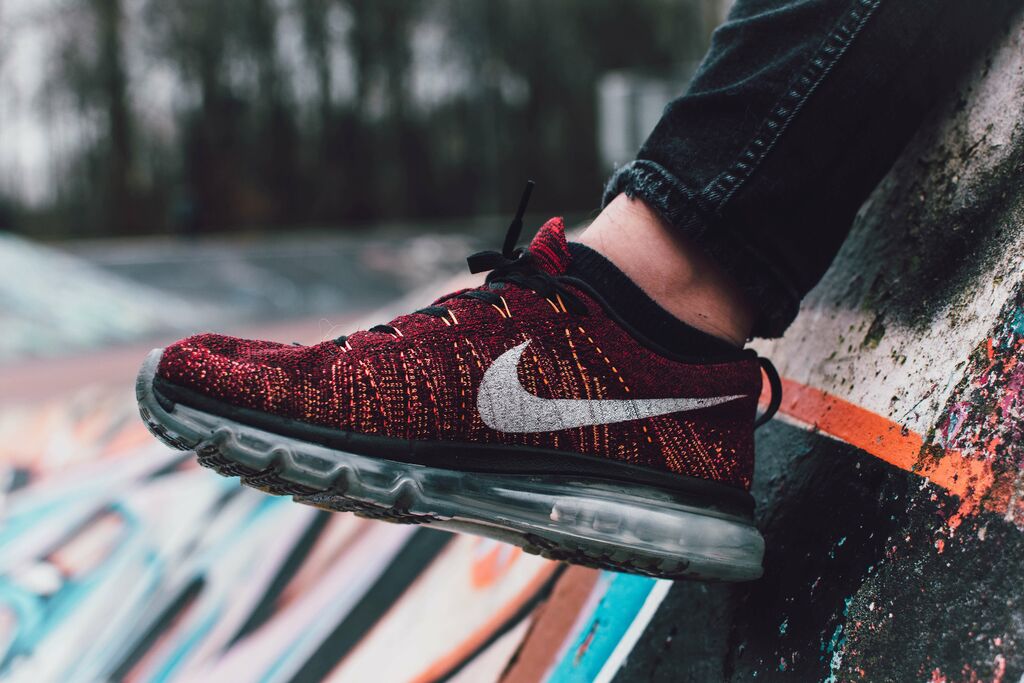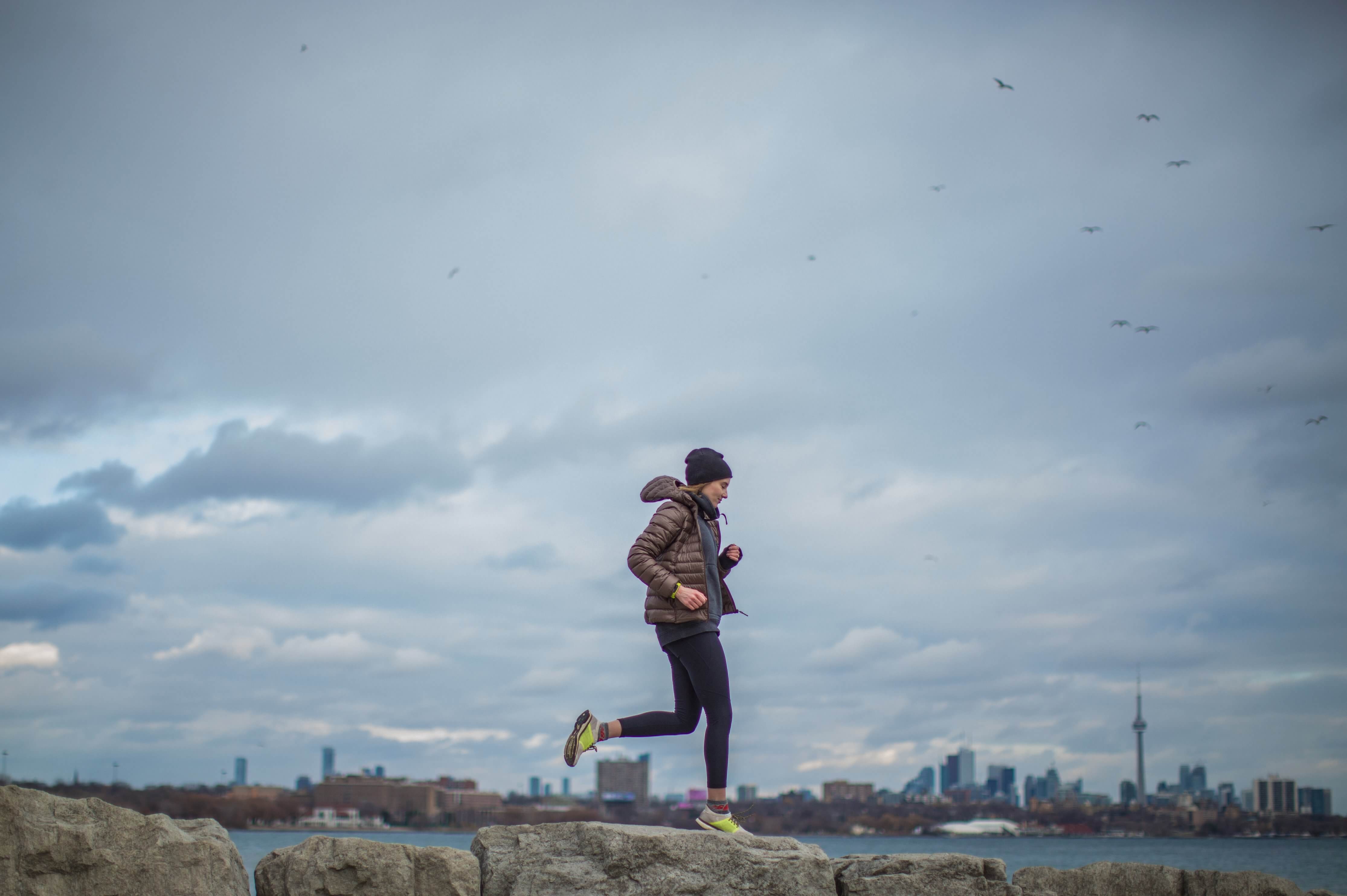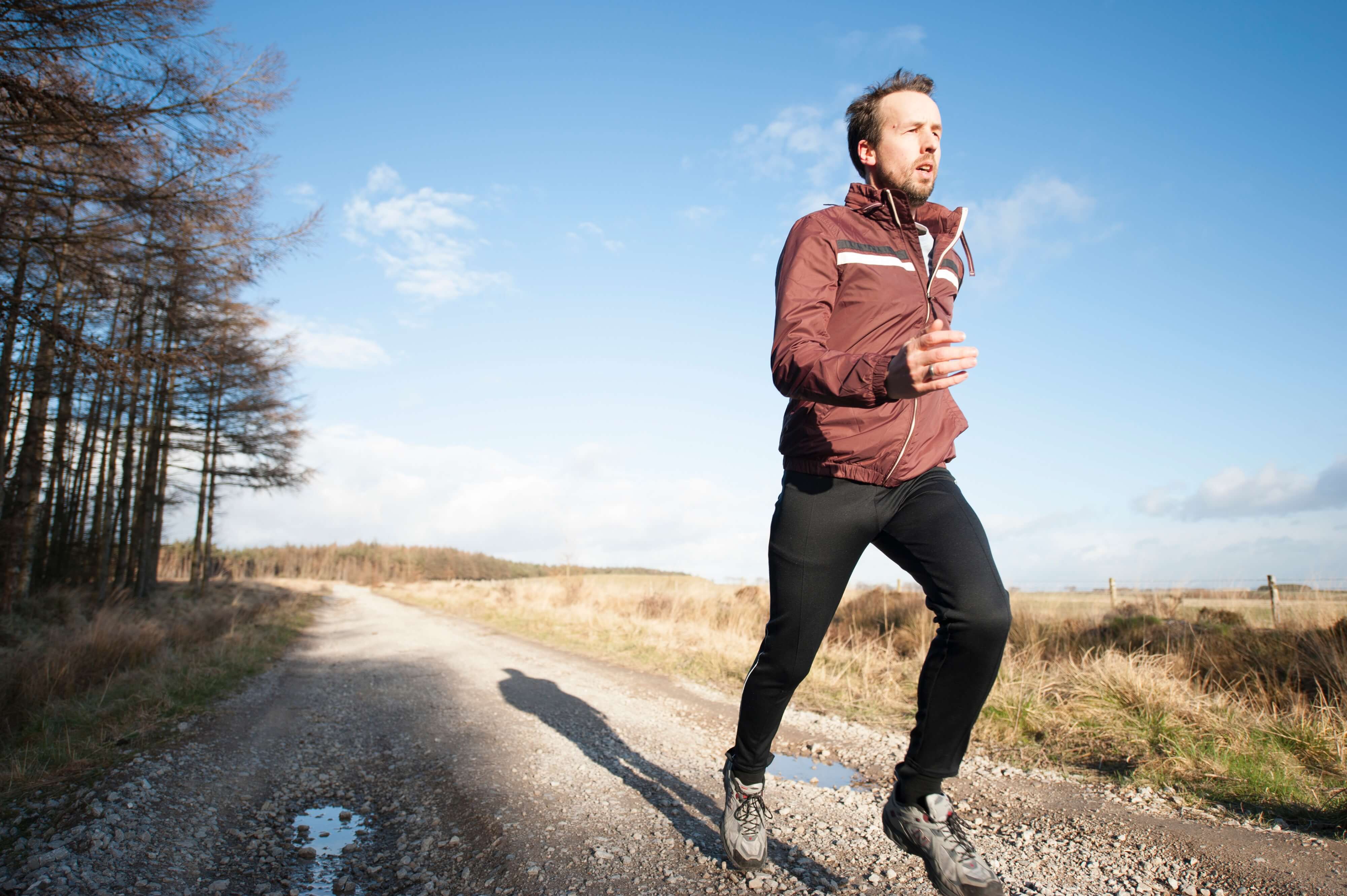Tips on Buying Your First Trail Running Shoes

Perhaps you have recently become aware of some of the ways in which trail running will ruin your life for good, and so you decided to go for it. Now, the next important step is to get your feet suitably kitted for a ride, but where do you start with trail running? Should you even take the pricey plunge and acquire new shoes, or could you just use your normal road running shoes on the trails?
What is The Difference Between Trail Running Shoes and Road Running Shoes?
There is a big difference in the composition of trail and road running shoes. Road shoes mainly need to provide cushioning, trail shoes’ main feature is the tread composition to allow for better traction. Traction is less important on paved surfaces, so road shoes generally have thinner treads.

Road shoes are furthermore made of a lighter material to allow for speed and responsiveness. Trail shoes, on the other hand, maybe a bit heavier due to the various ways in which foot support is incorporated in the shoe. Besides the thicker tread, trails shoes have various lug shapes and sizes depending on their intended use, as well as toe protectors and protective/shielding uppers.
Although it will be impossible to discuss every type and model of trail shoe out there, we are here to demystify some of the design terms and their applications to help you navigate your way to a satisfactory first trail shoe purchase.
What the Lug?
If, like most of us, you start out scouring the internet for the best trail shoe out there, the following section may save you a lot of time spent cross-Googling.
Lugs
The lugs of a trail shoe refer to the individual pieces of rubber tread on the soles of the shoe. The lug pattern of a shoe can be deep or shallow (with long or short lugs), narrow- or wide spaced and even multidirectional.

Heel to Toe Drop
The “heel to toe drop” or just “drop” of a shoe is not a term unique to trail shoes, but it features more often than in road shoe descriptions. It refers to the difference in height between the heel and the ball of the foot. A shoe with more cushioning will have a bigger drop from heel to toe, while minimalist shoes usually have a smaller drop.
Stack Height
The stack height of the shoe, also not a term unique to the trail, refers to the amount of shoe material between your feet and the ground. You can calculate the drop of the shoe by subtracting the toe stack height from the heel stack height. In a flat shoe, the stack height at the heel and the toes will be equal.

Breathability and Waterproofing
The breathability of a trail shoe is another important aspect that runners need to understand. By opting for a shoe that is waterproof with an upper made of GORE-TEX or eVent® you will have a shoe that (mostly) keeps your feet dry when running in the rain (water can still enter at the ankles), but it also keeps moisture (such as sweat) locked up inside. A highly breathable shoe, on the other hand, won’t stop moisture from entering the shoe but it will drain and evaporate easily too. Waterproof shoes are generally heavier than breathable shoes.
What’s The Use?
So clearly your usual road running shoes won’t last as long or provide sufficient protection on the trails. But were all trail shoes created equal? No, they weren’t. And aside from variation in brands and colors, the main difference lies in how they are designed for the intended terrain and conditions they should be used for.

Soft Ground vs Firm Ground
Trail shoe manufacturers often have a soft ground (SG) and firm ground (FG, or no suffix at all) product line or options. Soft ground refers to soft and muddy surfaces such as wet forest trials, while firm ground refers to all other hard stuff. The basic difference between the two lines refers to the lug size- and configuration on the shoes’ outsoles. This can easily be observed when comparing the side profiles of two seemingly similar shoes. Longer, widely spaced lugs is a wonderful resource when you need better grip in mud, but may be very uncomfortable when used extendedly on compact surfaces.
Minimalist Shoes
For trail runners who prefer a more natural feel or to return back to the way we were intended to run in nature, there are various minimalist shoe brands and models. In an article in the “Journal of Foot and Ankle Research”, Jean-Francois Esculier et. al. defined minimalist shoes as “Footwear providing minimal interference with the natural movement of the foot due to its high flexibility, low heel to toe drop, weight and stack height, and the absence of motion control and stability devices”.
It is debatable whether the trend has faded or not, but the advantages of barefoot running still remain. When approached correctly, running barefoot or in minimalist shoes automatically effects mid- to forefoot striking instead of heel striking. Reduced impacts on limbs as well as myriad other improvements in stride and form should cause for a dramatic injury risk reduction.

Hybrid Shoes
For runners that enjoy their neighborhood trails but need to cross short paved access roads to get to trailheads, there is also all terrain or hybrid shoe category. Many popular traditional road runner brands such as New Balance and Nike have trail and hybrid models. The NB Vazee Summit has ample trail qualities but is marketed as a road-to-trail shoe. Salomon, a traditional trail brand, have models such as the Sense Mantra 3 that is designed specifically as an all-rounder in this regard.
In a Nutshell
There are almost as many choices of running shoes as there are runners out there. The fact is running should be easy and without too much fuss or drama, so try not to get bogged down by the many choice options. Pick a shoe you like, read a review or three about it (RunnerClick is a good start!) and go for it. Just do what you need to do to get onto those trails, you won’t regret it!
Sources
- , How to Choose the Best Trail Running Shoes: A No-Bull Guide, Online Publication
- , Five Things To Look For When Purchasing Trail-Running Shoes., Online Publication
- , Trail Running Shoes 101, Online Publication
- , The Pros and Cons of Waterproof Shoes, Online Publication
- , The Best Shoes for Minimalist Runners, Online Publication
- , A consensus definition and rating scale for minimalist shoes. In: Journal of Foot and Ankle Research, Online Scientific Paper
- , Best Trail Running Shoes 2018, Online Publication
Latest Articles
 Is Running on a Treadmill Easier Than Running Outside?Runners have their own preferences, whether it is treadmill running, running outside on the road, or exploring trails. So...
Is Running on a Treadmill Easier Than Running Outside?Runners have their own preferences, whether it is treadmill running, running outside on the road, or exploring trails. So... Is It OK to Use Trail Running Shoes on the Road?While trail running shoes can be used on roads, especially in situations where a runner encounters mixed terrains or pref...
Is It OK to Use Trail Running Shoes on the Road?While trail running shoes can be used on roads, especially in situations where a runner encounters mixed terrains or pref... How to Fix Sore Quads After Running?Rest, ice, gentle stretching, and over-the-counter pain relievers can help soothe sore quads after running. Also, ensure ...
How to Fix Sore Quads After Running?Rest, ice, gentle stretching, and over-the-counter pain relievers can help soothe sore quads after running. Also, ensure ... 10 Fruits With The Most Electrolytes to Replace Sports DrinksThese fruits are high in electrolytes such as potassium, magnesium, and calcium, essential for hydration, muscle function...
10 Fruits With The Most Electrolytes to Replace Sports DrinksThese fruits are high in electrolytes such as potassium, magnesium, and calcium, essential for hydration, muscle function...

